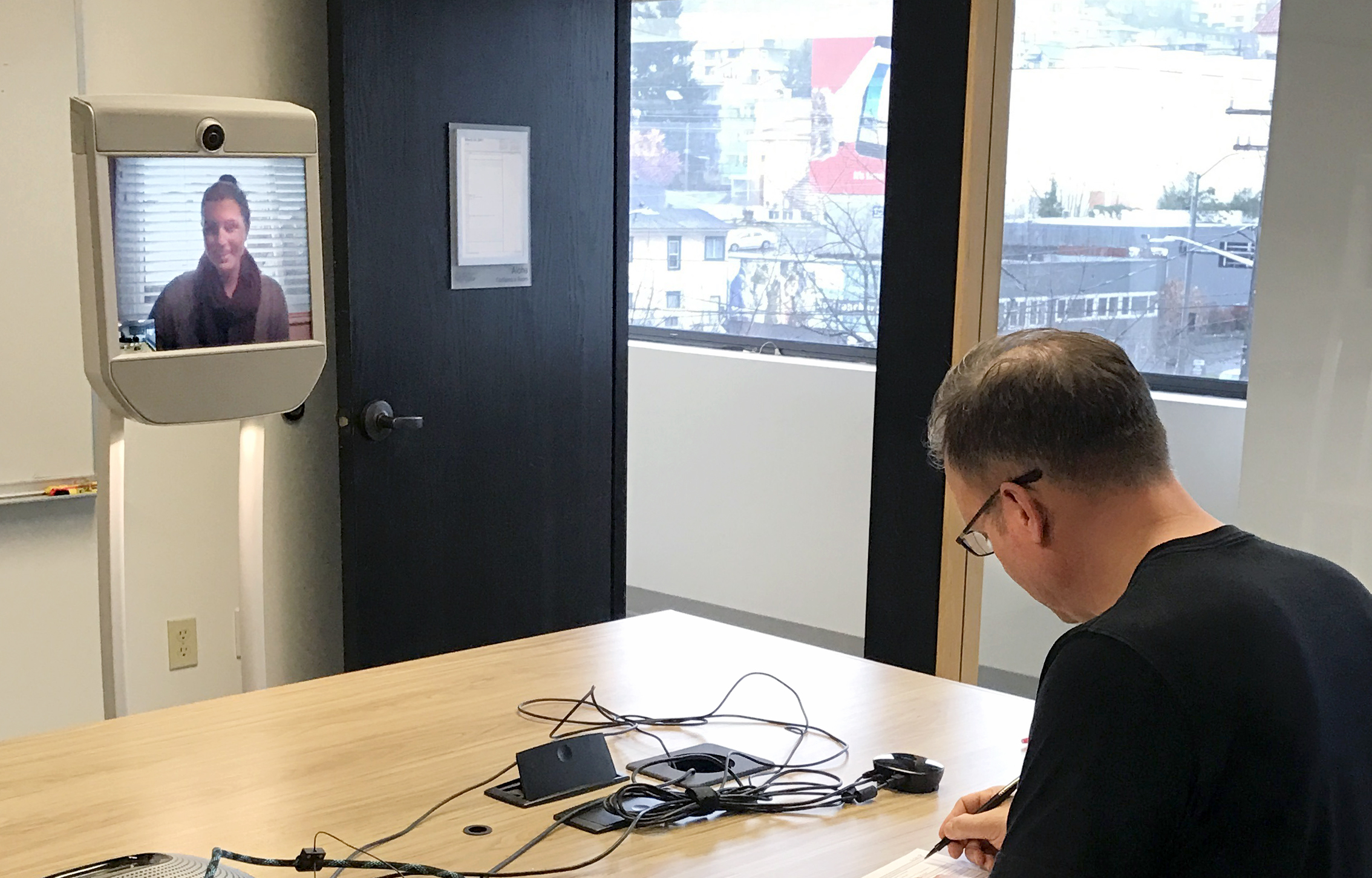
OAC Services is a Seattle-based architectural design and construction company with expertise in multiple disciplines including forensic architecture, project management, consulting, structural engineering and alternative project delivery. The company is employee-owned with nearly 80 employees at four offices spanning the West Coast. With over 60 years of diverse experience, OAC leverages effective teamwork to execute new construction or building improvement projects ranging from office developments and high-rise apartment complexes to schools and government offices. In 2017, OAC was #2 on Seattle Business Magazine’s list of the best medium-size companies to work at in Washington, receiving outstanding ratings on attributes such as decision-making and communication.

Conceiving and executing complex construction projects requires close, frequent collaboration between multiple parties, including clients and government agencies, and demands that design and engineering team members maintain an active presence on project sites across the US and worldwide. As a result, travel burdens can be substantial.
OAC depends on effective real-time communications between its office-based personnel and partners and clients. Accordingly, the company is constantly on the lookout for new strategies and technologies that support productive, cost-effective teamwork. So, when Shawn Mahoney, OAC’s managing principal, encountered the Beam robotic telepresence system at a trade show several years ago, he was immediately struck by its potential to reduce travel time and costs, while allowing remote team members to be “so interactive and so present.” After evaluating competing technologies, Mahoney decided to purchase three Beams for the company, placing them in its three Washington offices.
Adoption of Beam by OAC’s staff was rapid. Beyond the obvious benefit of being “in two places at one time,” employees gravitated to the technology due to the “fun” and “intuitive” nature of the experience. Lindsey Avery, an assistant project manager at the company, comments on the ease of use, “There’s no need to change a bunch of settings or mess around with a bunch of wires or software systems. You just download the app and start driving.”
As Beam telepresence became part of everyday operations at OAC, connecting the company’s offices to each other or to project sites anywhere in the world, employees discovered its impact. As Mahoney comments, “The Beams cut through so many communication issues—they bring us right to our clients and right into a project team meeting. They allow us to interact, provide comments, collaborate and provide guidance in real time, even though we’re hundreds or thousands of a miles away.” Mahoney elaborates, “Beam has helped me collaborate with staff in offices in Los Angeles, Olympia or on jobsites. … I have multiple meetings, so I can just jump onto the Beam to be multiple places at once.”
Beam also allows OAC’s staff to engage naturally across distances rather than settle for purely verbal interactions. Avery comments, “So much of a conversation is lost when you can’t see the other person’s face or body language. We have these enormous meetings with contractors, subcontractors, architects, planners, engineers, vendors and clients. When using Beam, you can get your message across without any interpretation on their end.” With Beam, she adds, “you can hold real conversations.”

Recognizing Beam’s intuitive nature, OAC actively seeks opportunities to utilize it to support clients while increasing their involvement in complex projects. As Mahoney explains, “[Employees] can train a client to use it in no time … giving them the chance to take over the Beam and attend essential meetings.” Kyle Richardson, a senior program manager at OAC, describes Beam’s fundamental attraction, “They’re intuitive, the system doesn’t require people to learn anything new and they are easy to orient and operate.” Clients are quickly won over, Mahoney says. “We have clients who ask if they can use the Beam all the time.”
The payoff from client adoption of the technology is substantial. Beam’s advanced mobility and video conferencing capabilities allow OAC staff to engage remote clients in dynamic, face-to-face conversations, streamlining essential activities ranging from reviews to strategy sessions to whiteboard discussions. “[Beam] has simplified my work with clients,” Mahoney concludes.
Given the highly competitive nature of its business, OAC must consistently prove its value to prospective and existing clients. Adoption of a transformative technology such as Beam demonstrates the company’s willingness to “go above and beyond to make communication a priority,” as well as its commitment to incorporating proven technology into its everyday operations.
Beam has produced unexpected benefits for OAC’s marketing efforts, Richardson says. “Initially, we hadn’t thought of it as a business development tool. [But] we have realized it’s a powerful tool. … [that] increases our presence at a booth at a major tradeshow or conference. We used Beam to create buzz and attract people to our table at networking events. … ‘OAC embraces technology and applies it to the benefit of our clients’—this is exactly the message we want to convey.”